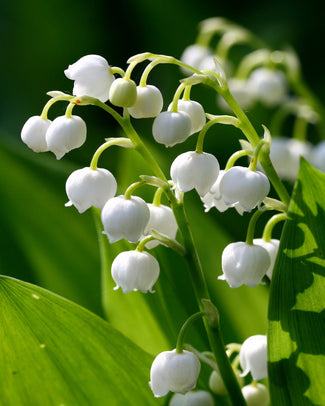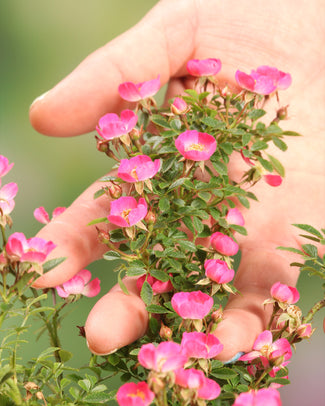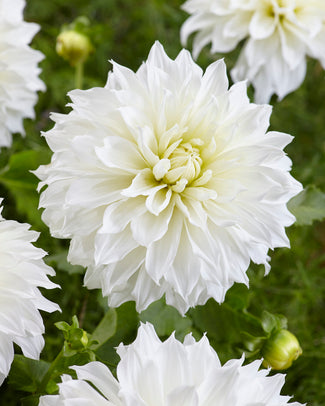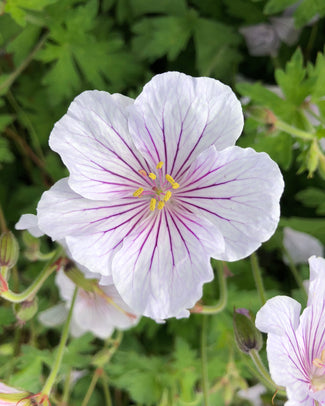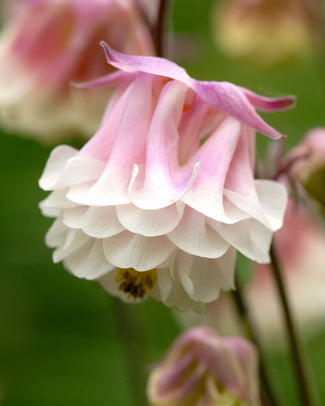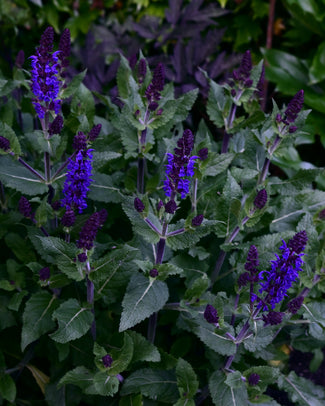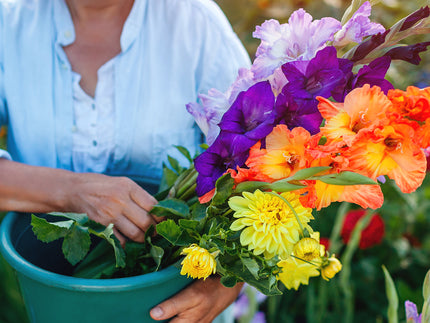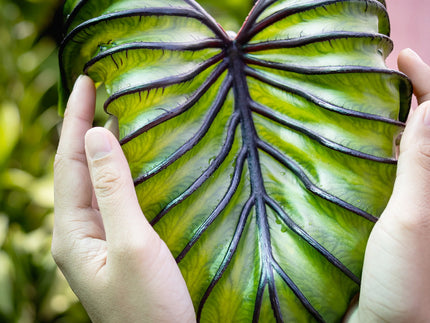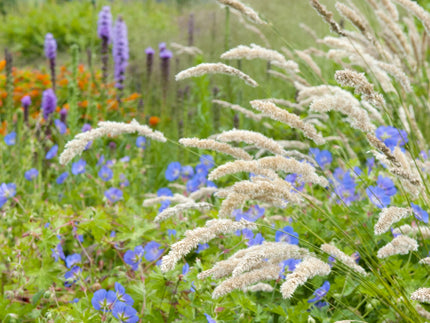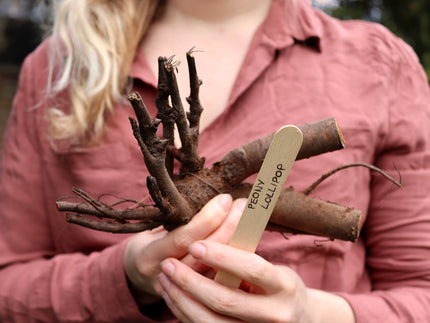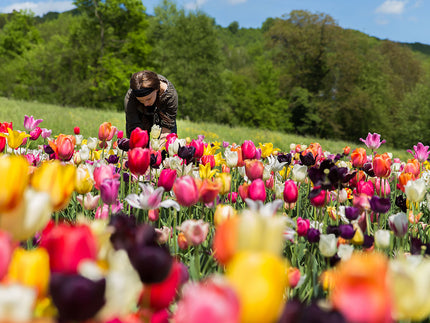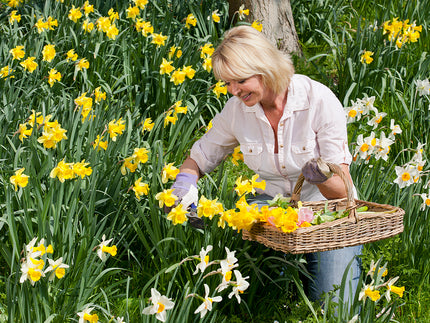How to plant Plumeria
Plumeria (or frangipani) is a tropical deciduous or semi-evergreen shrub with broad, succulent stems. As it is adapted to a tropical climate, this very tender plant can be challenging to grow and requires carefully controlled conditions. In order to meet its very specific needs, it is best grown as a conservatory plant.
Plumeria planting basics
Our Plumeria are supplied as woody cuttings, which may look quite strange if you’ve not seen them before. Plumeria enjoys a free draining, gritty soil. A ready-made cactus mix is recommended, or a homemade blend of 2/3 perlite and 1/3 John Innes Number 2 will also work well.
Plumeria is best grown in bright, filtered light, with shelter from strong direct sunlight which can scorch its foliage. When growing Plumeria in a temperate climate, a warm conservatory or ornamental glasshouse (which is heated in winter) provides ideal conditions throughout the year, allowing long hours of sunlight which is filtered through glass. This tender shrub thrives at temperatures between 20-30C. During winter, temperatures must not dip below 10C. It is best planted in a container which can be moved if necessary, it can be positioned outside for summer providing the weather is favourable. When outside, it should be positioned in a sheltered, warm area which receives a little dappled shade. Be very careful if moving this plant outside for summer because drastic temperature changes will shock it.
Plumeria planting instructions
— Cuttings are supplied as semi-hardwood stems. The cut end of the stem should be completely dry before planting. If necessary, leave it for a few days in a well ventilated, dry but warm and preferably humid location which is out of direct sunlight to callus over.
— Fill individual pots with a gritty cactus compost or a homemade blend of 2/3 perlite and 1/3 John Innes Number 2.
— If you have some rooting hormone available, wet the cut end of the cutting and dip it in the rooting hormone immediately before planting. Don’t worry if you don’t have any, it isn’t essential but it does help.
— Prior to planting, wet the soil in the pot and allow it to drain out fully. If the water does not drain fairly quickly, the potting mix may not be light enough and could use more perlite.
— After wetting the soil, sink the cutting into it by roughly 5cm, or slightly deeper if it does not seem secure enough. Compact the compost around the cutting to secure it, or insert a small cane for additional support so that it can root without risk of disturbance by movement.
— Water thoroughly and allow the pot to drain fully, dispensing of any excess water.
— To create a more humid micro-climate for your cutting, one option is to cover the cutting and the top of the pot with large, clear plastic bag which has plenty of ventilation holes cut into it. You can hold the bag in place using a rubber band around the top of the pot. If the bag is not spacious enough or there is no ventilation, mould or rot may form and the cutting may fail. Another method to increase humidity is to sit the pot on a tray of water and pebbles.
— Maintain a consistently warm temperature of around 18°C. If you have a heated bench, mat or propagator available then this may prove beneficial.
— Choose a bright position with filtered light and protection from strong direct sunlight. Avoid draughts, positions close to a heat source (like a radiator) and also avoid drastic fluctuations in temperature.
— Water your cutting only when the soil in the pot feels almost completely dry. If the soil is moist 2-3cm below the surface, it does not need any additional water. If the compost is too wet, the cutting/plant may fail.
— Once the first leaf has established, you can remove the bag if you used one and remove the pot from the propagator/heat mat and allow the plant to continue growing at normal room temperature.
— It can take around eight weeks for the cutting to root in ideal conditions.
— Throughout the season, allow the soil to become almost completely dry before watering again. Always water thoroughly, fully soaking the compost but allowing excess water to drain away.
— Plumeria establishes slowly and can take a few years to become a bushy, flowering shrub.

















































































































































































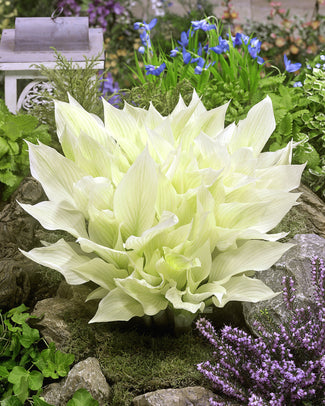
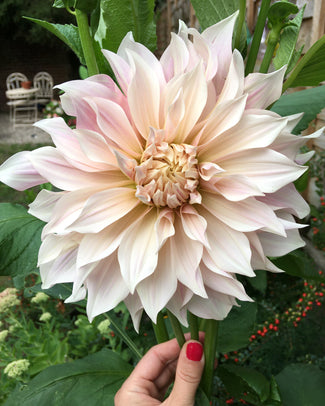
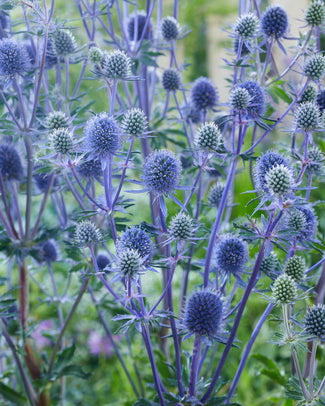
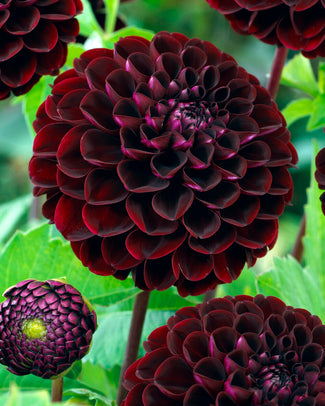
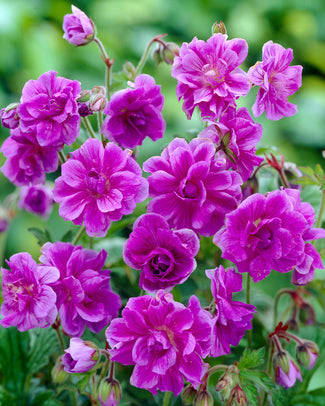
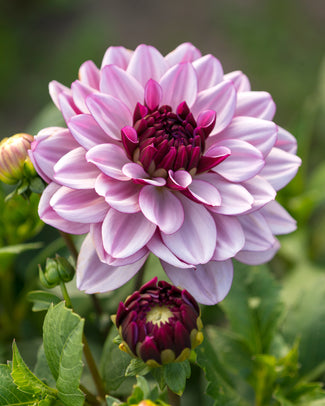
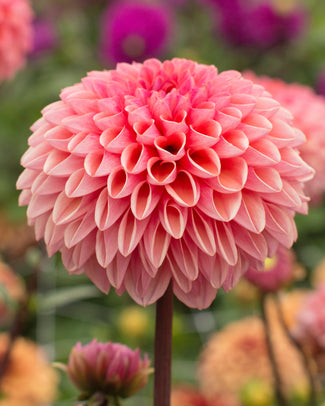
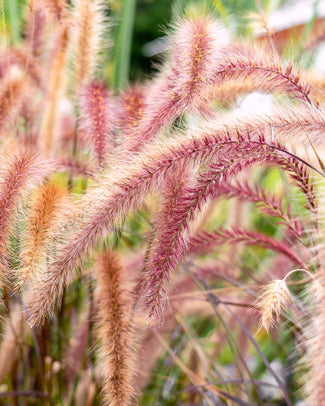
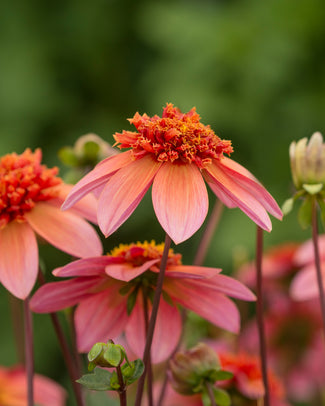
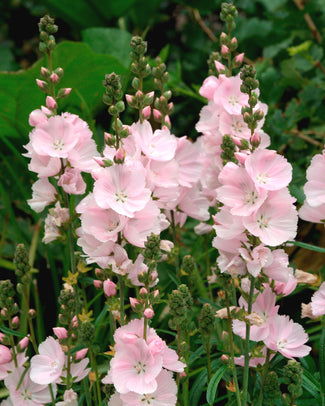
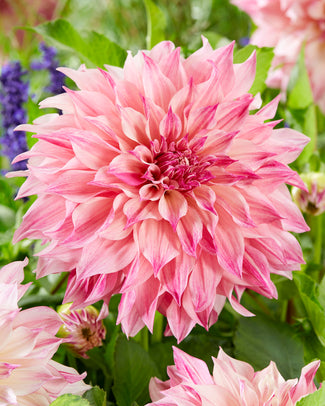
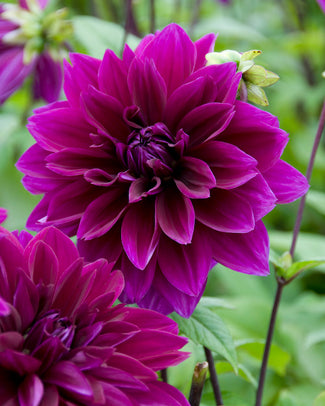
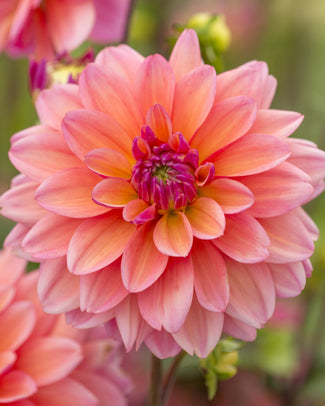
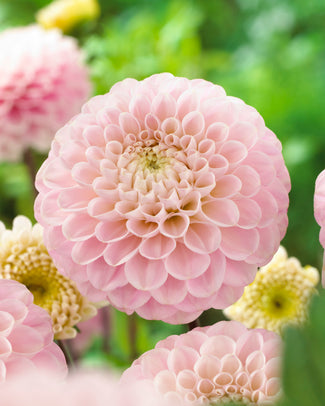
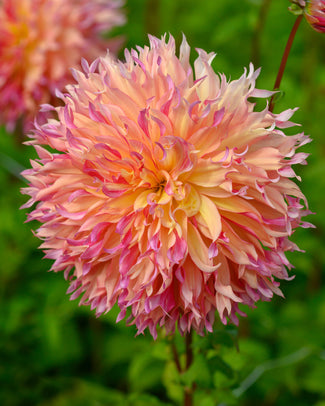
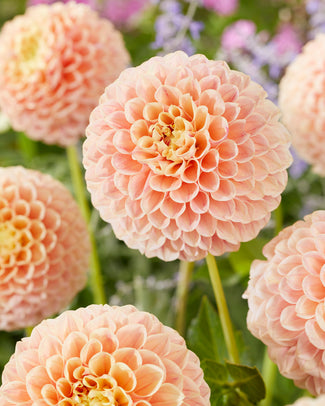
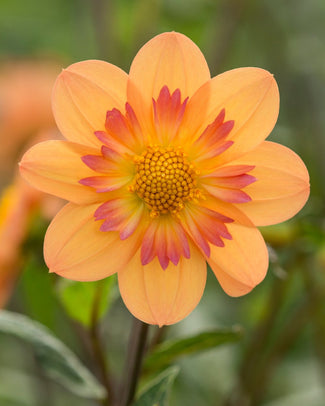
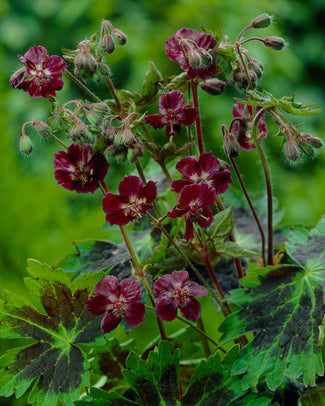
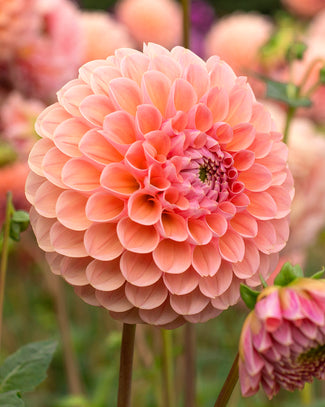
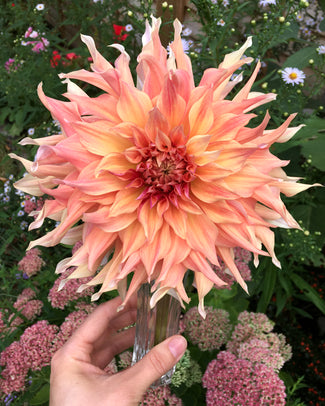
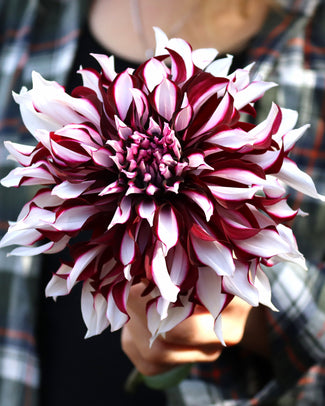
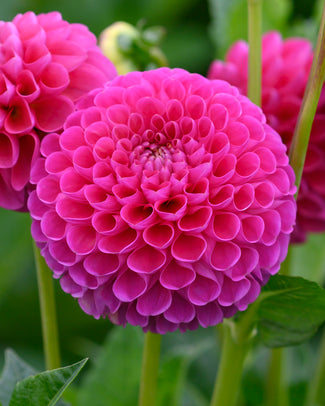
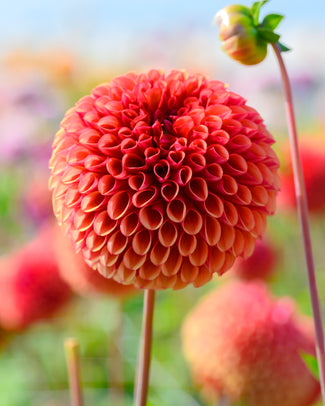
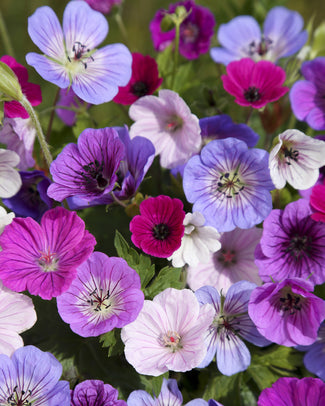
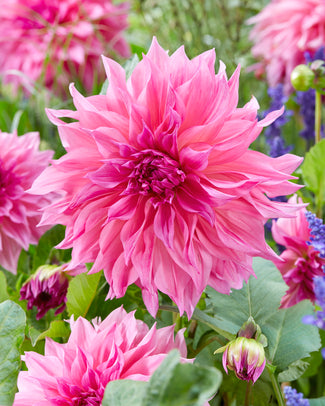
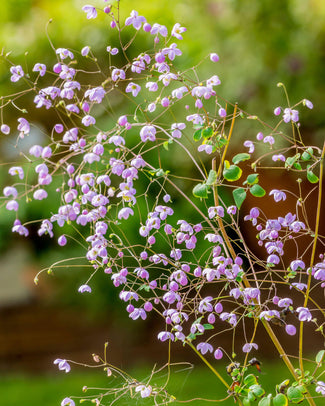
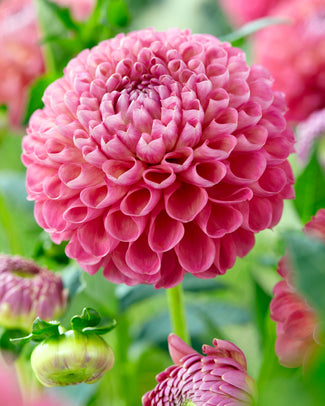
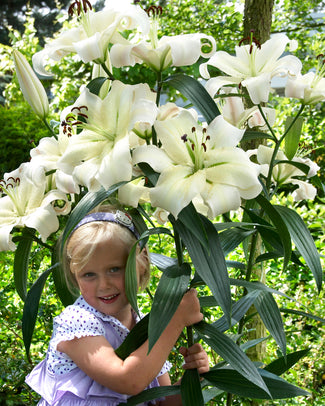
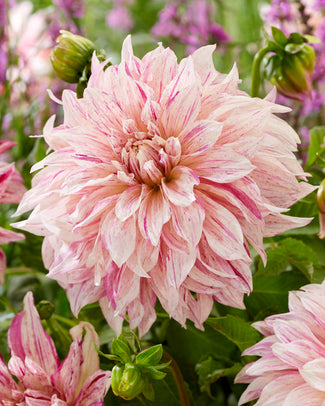
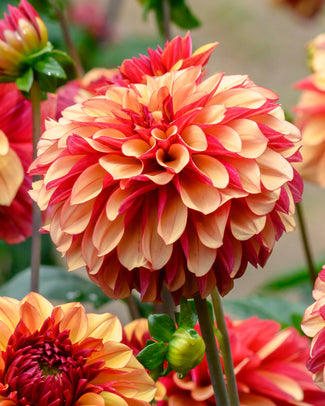
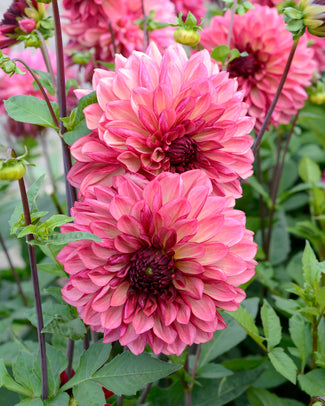
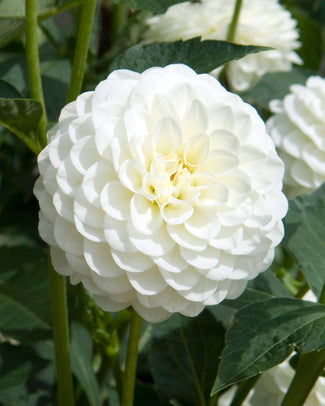
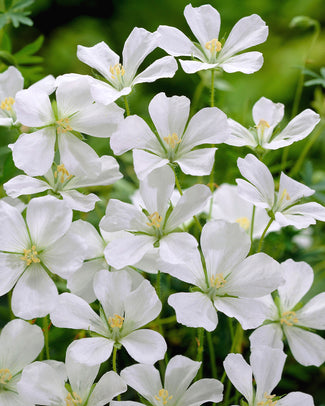
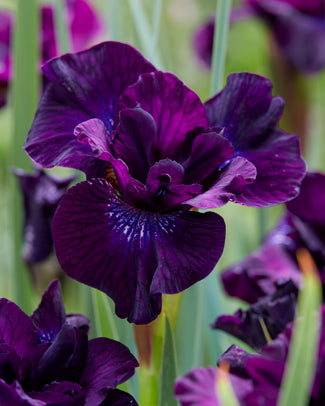
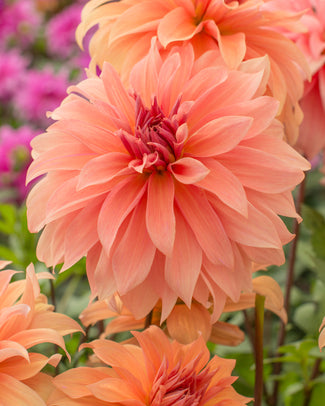
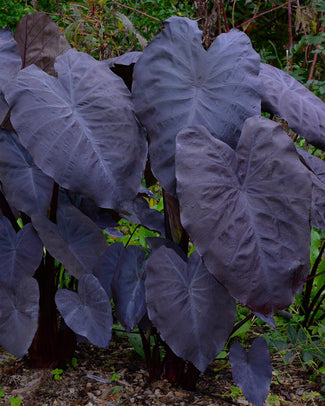
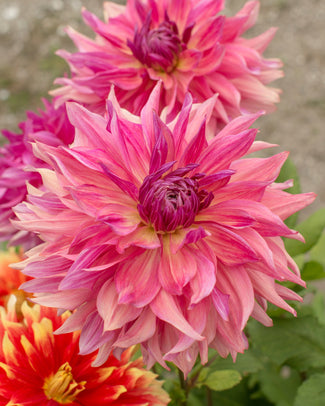
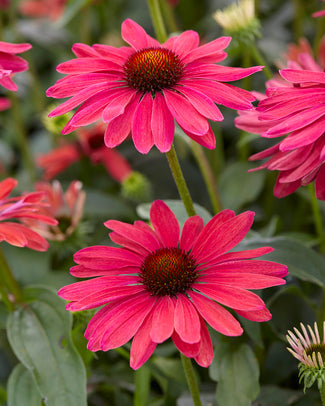
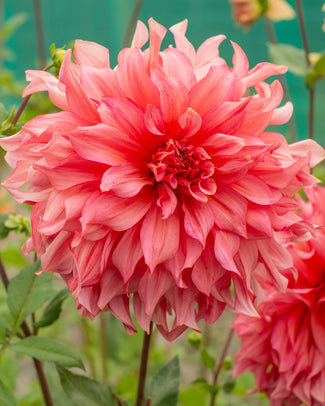
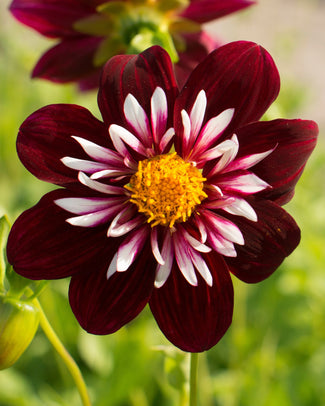
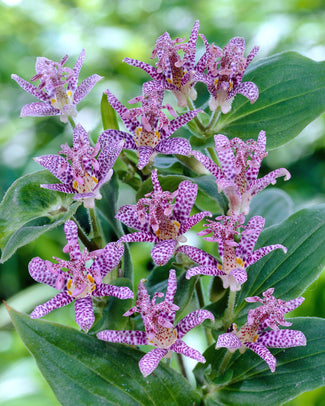
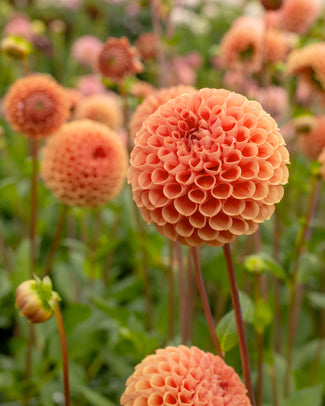
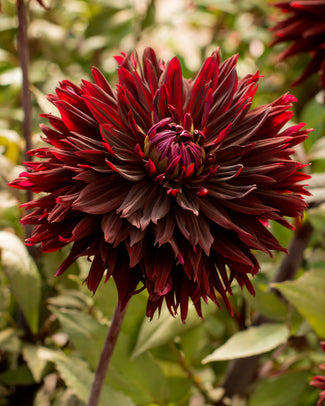
![Agapanthus 'Black Buddhist' []](http://www.farmergracy.co.uk/cdn/shop/products/agapanthus-black-buddhist-1_325x.jpg?v=1575625838)
